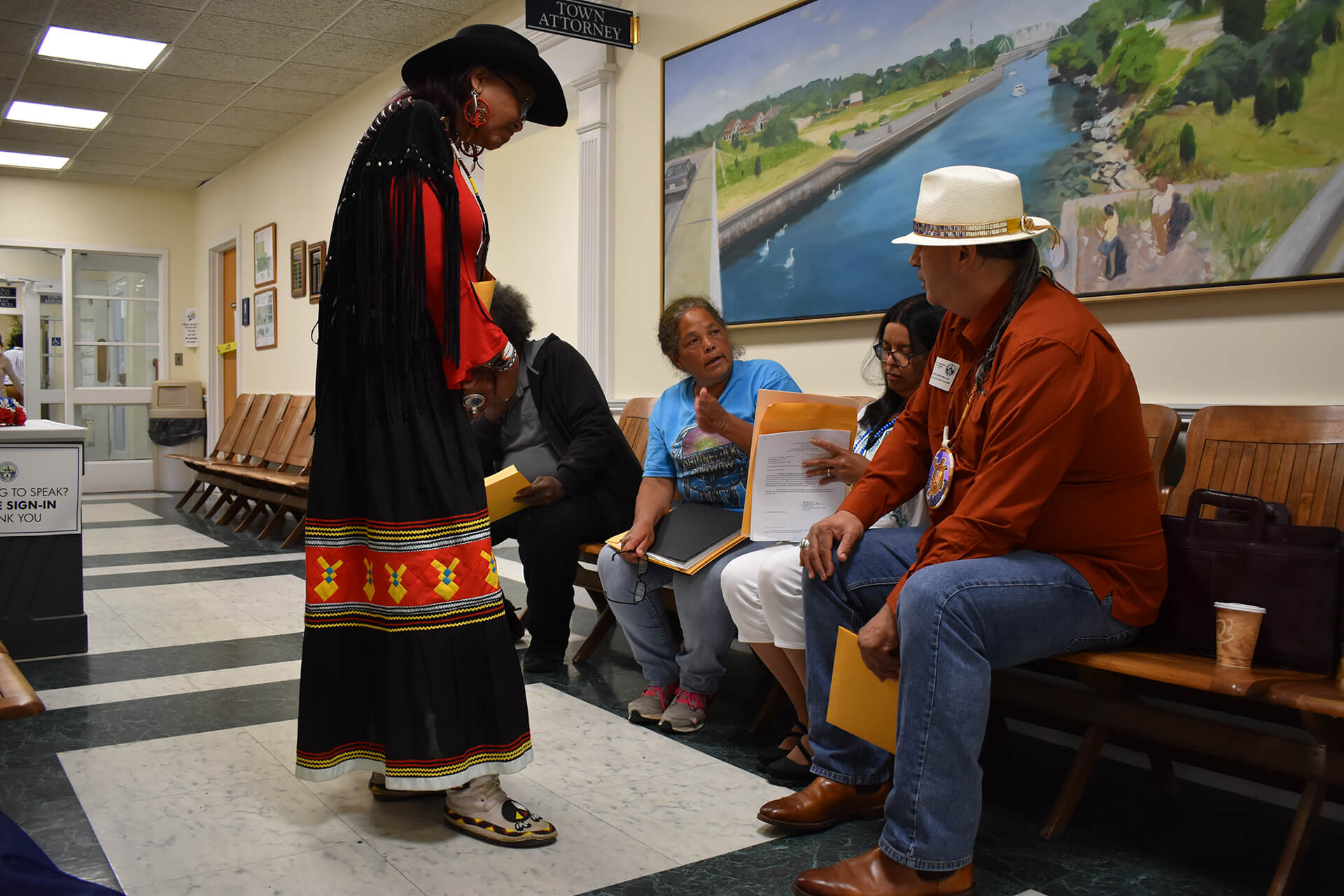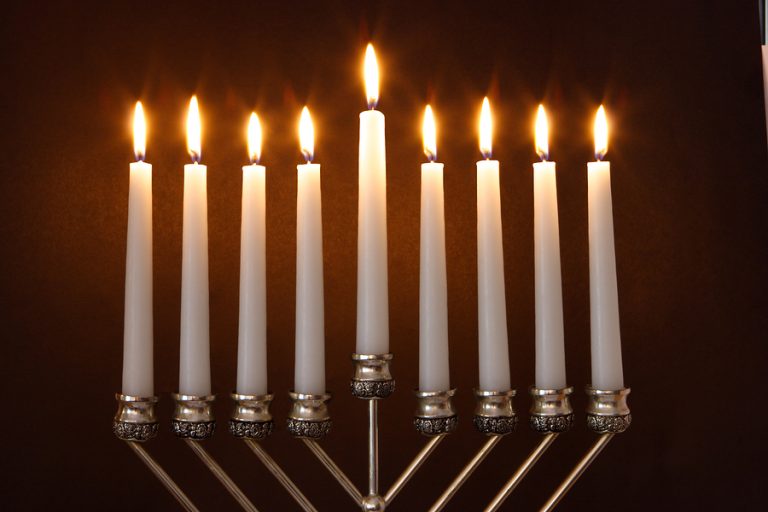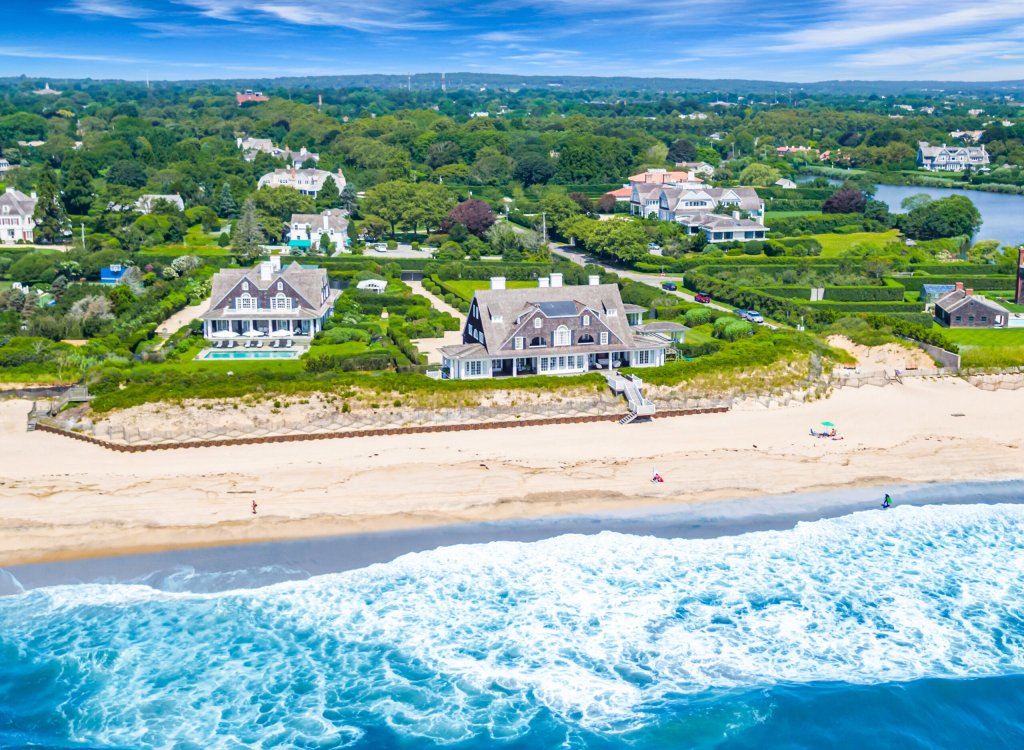Shinnecock Asks Town To Protect Graves

A small group from the Shinnecock Indian Nation waited patiently in the hallway of Southampton Town Hall for nearly two hours for their chance to speak to the town board on Thursday, June 21. They didn’t mind the minor inconvenience, they said, because, depending on who you listened to, they had waited either 15 or 380 years to speak their piece.
The group, led by Rebecca Genia, appeared before the board just a week after the U.S. Open golf tournament had concluded at the Shinnecock Hills Golf Club — once tribal land — to ask the town to take formal steps to better protect Native American graves.
Genia told the board that tribe members had requested the board pass a law to protect their ancestors’ graves since 2003 following the discovery of remains at the site of the former St. James Hotel in Water Mill. She noted that four different supervisors had served in town office since that time but that little had been accomplished.
“We are here today to remind the town board that since 2003, we have had draft legislation for graves protection,” she said. “We really haven’t gotten too much of anywhere.”
Under former Supervisor Anna Throne-Holst, tribe members prepared a map showing areas they believed could hold gravesites, she said, but when a meeting was called to discuss the issue, “nobody could find that map,” Genia said. “We looked high and low. That map disappeared off the face of the earth.”
Genia asked Supervisor Jay Schneiderman if the Suffolk County Legislature, where he was a long-time member, had ever passed legislation to protect Native American graves. Schneiderman said he could not remember but offered to research the matter. He also offered to have town planners reach out to East Hampton town, which does have legislation on the books.
“I think it got caught in the muck and the mire somewhere,” Genia said of the county bill, which was to provide notification requirements and other procedures to follow in the event an ancient grave was uncovered.
Board members and town attorney James Burke questioned if existing town laws, as well as the State Environmental Quality Review Act, would not provide protection for graves, but Genia said often private property rights trump concerns over graves.
Genia was joined by Harry Wallace, the chief of the Unkechaug tribe, who told the board that New York is one of only four states that does not have any protections in place for graves found on private land.
“We need to take the necessary steps to protect these unmarked burials because every time we put a shovel in the ground today, chances are we are going to find something,” he said.
Wallace urged the town to look into Florida’s law, which he said provided comprehensive protection for graves. “It does include potential criminal prosecution,” he said of the Florida law. “We want people to do the right thing and when they don’t, there is a consequence for misbehavior.”
Schneiderman said he believed any town legislation has to be reasonable because if it is too onerous, developers might simply choose to not notify the town if they find something.
Jennifer Cuffee Wilson, a member of the Shinnecock Nation, said tribe members were becoming frustrated. “It seems like each time there is a new supervisor, this gets pushed under the rug,” she said. “We keep coming here and we keep talking about the same thing.”
“To be honest with you, we have been going through this for 380 years,” she said, referring to tribal relations with white settlers who first arrived in 1640.
Denise Silva Dennis, another Shinnecock member, said there are ample records showing that Shinnecock graves were at and near the Shinnecock Golf Club. “It’s all documented,” she said, “right down the road on Montauk Highway.”
sjkotz@indyeastend.com



